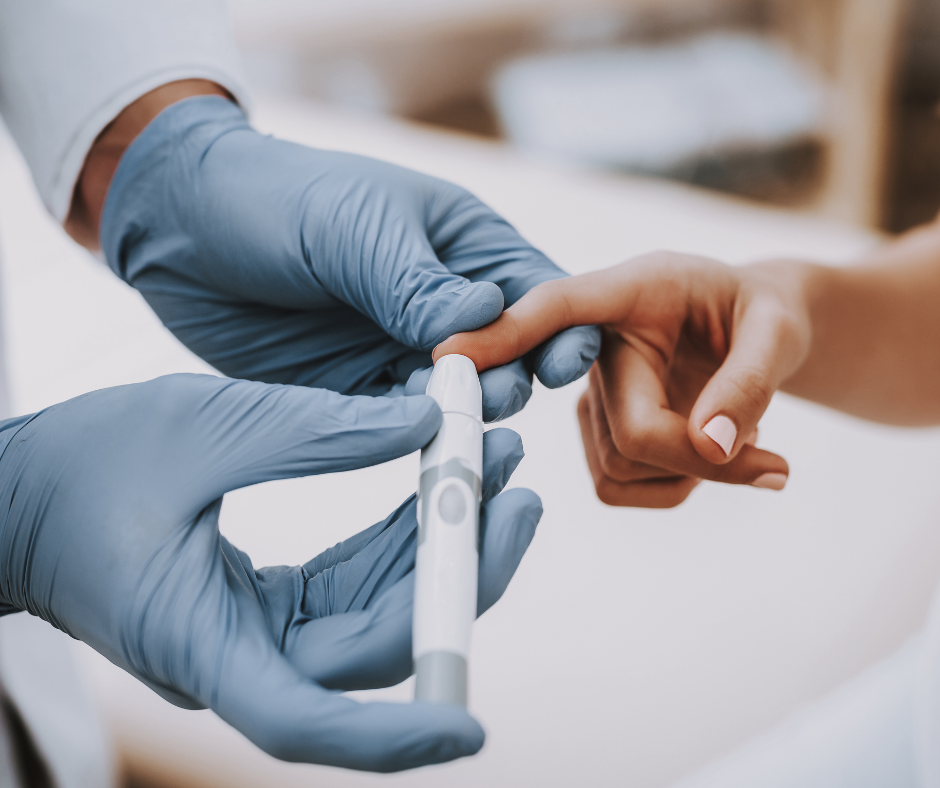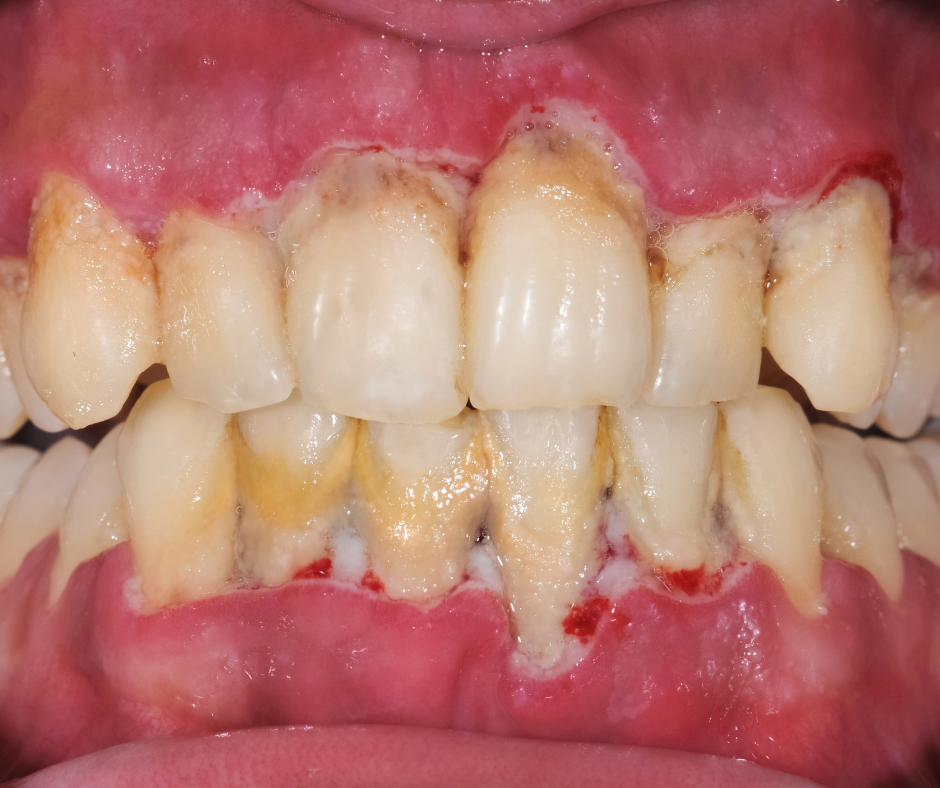Periodontal disease, ranging from slight to severe, is very prevalent in our society. Nearly 50% of adults in the US over the age of 30 are impacted by periodontal disease. That percentage jumps to 70% in adults 65 and older.

So, what are some of the factors that increase our risk for developing periodontal disease and what risks can we mitigate? There are many risk factors that impact whether or not someone will develop periodontal disease over their lifetime, but this post will be looking at some of the most common causes.
There are numerous risk factors that influence whether or not someone may develop periodontal disease throughout their lives, in this post, we focus on the most common causes.
The leading risk factor for periodontal disease is tobacco use.

Tobacco Use
The leading risk factor for periodontal disease is the consumption of Tobacco products. Smokers, in particular, are twice as likely to be affected with periodontal problems than non-smokers. Tobacco use impairs the immune system, making it more difficult for your body to fight the infection and the chronic inflammation that leads to Periodontitis.
If you undergo gum therapy but continue to smoke, the healing of your gum tissue may be compromised leading to a less than ideal result.
Diabetes
This post goes into further detail about the link between diabetes and periodontal disease. To keep it simple, uncontrolled blood sugar can exacerbate periodontal disease severity.
Moreover, active periodontal disease makes it more challenging to control blood sugar levels. The relationship here is bidirectional and plays a significant role in the body’s overall inflammatory response.

Family History/Heredity
Genetics can also be a risk factor for periodontal disease, you may be more susceptible to present it if you have a family history of tooth loss due to Periodontitis. At its core, periodontal disease is caused by bacteria.
We all have different kinds of bacteria in our oral cavity (microbiota), some bacteria types are considered good and some others can be bad if they outnumber the good bacteria. Someone who has a higher number of disease-causing bacteria has a higher risk of developing Periodontitis. Similarly, some people might have salivary chemistry that promotes more tartar accumulation which in turn promotes periodontal problems.
Others may have gum tissue that is thinner and more susceptible to illness. All of these are inherent risk factors, meaning they aren’t something we can change to decrease our risk. Instead, we suggest focusing on what you can change such as your habits.
Poor Oral Health
As stated previously, periodontal disease is caused by bacteria, and if you do not practice excellent home care habits and see your dentist on a regular basis, periodontal disease can develop quickly. The objective is to consistently disrupt the bacteria’s environment.
This can be accomplished by eliminating plaque using your toothbrush and dental floss together with the use of a mouth rinse afterward to kill the remaining bacteria. However, everyone ultimately develops tartar, an environment in which periodontal bacteria thrive.
Tartar cannot be eliminated using homecare, that is why it is important to visit your hygienist on a regular basis for it to be removed. Bacteria find it far more difficult to establish a stable habitat with all of this disturbance. With all this disruption it is much more difficult for bacteria to make a sound home and for the disease to develop and cause bone loss.

Risk Factor
Poor daily homecare increases the risk of periodontal disease.
Other risk factors for periodontal disease include but are not limited to:
- Stress
- Age
- Poor Nutrition/Obesity
- Osteoporosis
- Autoimmune Diseases
- Clenching/Grinding Teeth
- Medications
References
American Academy of Periodontology – https://www.perio.org/consumer/gum-disease-risk-factors
CDC – https://www.cdc.gov/oralhealth/conditions/periodontal-disease.html#:~:text=A%20recent%20CDC%20report1,and%20older%20have%20periodontal%20disease.

